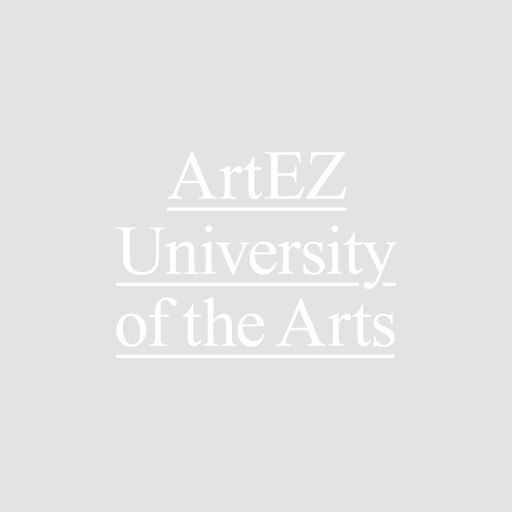
Actor Sebastián Mrkvicka from Dertigers: ‘Being rejected at an audition says nothing about your future’

De ondergrond van Nederland

Plein 2023 Posthuman op de Hondsrug

Three generations of the MA Performance Practices share their experience

Katerina paints the things she does not yet understand

Type Club: GDA's student-led initiative

Alumnus Youngjin Choe wins Lichting 2025

Third-year students present: Collectie Arnhem TWENTYFIVE

Design at the edge of nature and tech

Making death visible through architecture

Moving (Hi)stories 2025: stories that resonate in neighbourhood ’t Broek

Anne-Mirthe makes online hate visible

The writer as connector, researcher and maker

Graduated, now with her own documentary on NPO

View the work of fourth-year student Crissi

Critical Fashion Practices - opleidingsvideo YouTube

Shape Changing Textiles - onderzoek



















